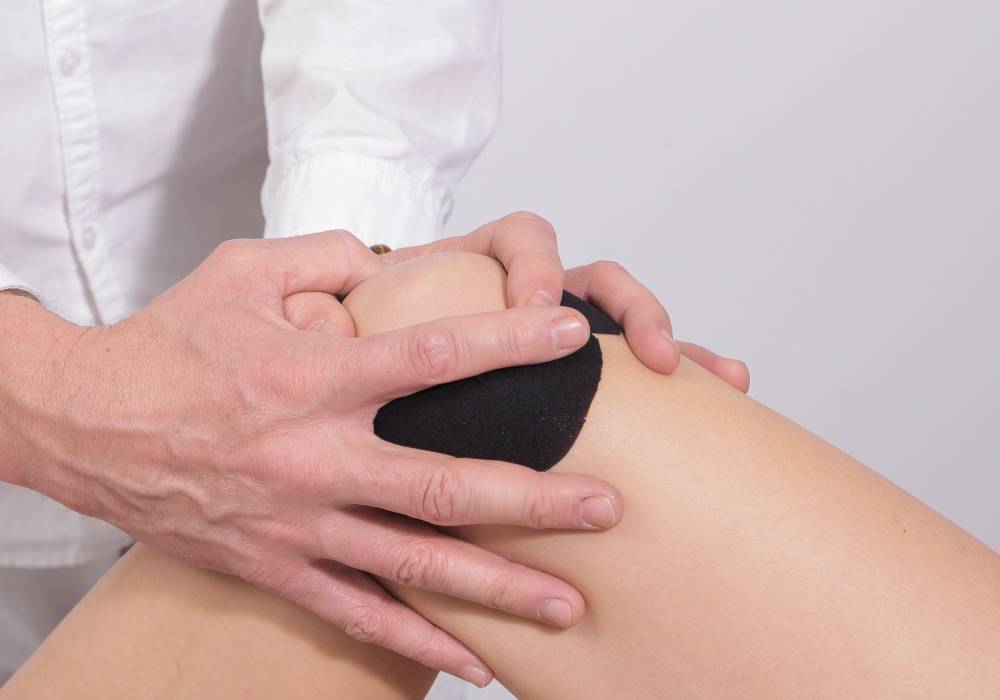
Patellofemoral pain syndrome (PFPS), or runner’s knee, as you may have guessed is a common injury among runners. The high and constant impact from running can cause stress and irritation where the kneecap rests on the thighbone. Although in some cases the sharp and sudden pain may disappear during running, it will often return again afterwards. The stress of running can cause irritation where the kneecap (patella) rests on the thighbone.
Runners Knee can affect either one or both knees and is generally more common in younger runners. According to the British Journal of Sports Medicine women are twice as likely to suffer with Runners Knee due as they have “wider hips, resulting in a greater angling of the thighbone to the knee, which puts the kneecap under more stress”.
There can be a number of causes of Runners Knee including biomechanical problems. Other causes include:
Run on softer surfaces and gradually increase your mileage and hill work. Ensure you have the correct trainers for your feet by taking advantage of sports shops that offer trainer fitting services. Include strengthening exercise into your training that target your quads and incorporate stretches for your hamstrings and calves.
If you start to feel pain, reduce pressure on the knee by cutting your mileage as soon as possible. Avoid uneven surfaces, hills and sharps bends.
Have regular check up’s with an Osteopath to ensure your alignment is correct, which may help prevent any problems.
If pain persists or gets worse after 3-4 days then we always advise you seek professional advice.
Find out more about our Physio Joe including what his 3 famous dinner party...
We KNOW the exercise is good for us...but maintaining that motivation can be...
Our Colchester Osteopath Matt shares five simple stretches to help ease...
Get active and motivated with the wide range of resources from Active...
Our Colchester Osteopaths share their own 14 self care...